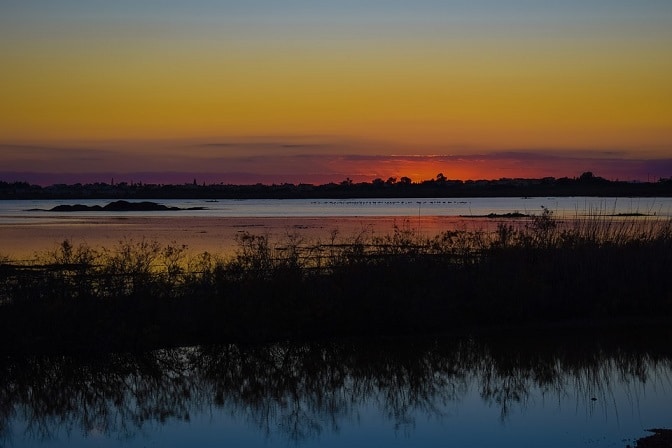World Wetlands Day, held annually on 2 February since 1997, was established to raise awareness about the value of wetlands for humanity and the planet. Government agencies, non-governmental organisations and various groups of citizens at all levels of the community use this opportunity to raise public awareness of wetland values and benefits.
Healthy wetlands can reduce the damage caused by natural disasters and make recovery faster. Unfortunately, due to human behaviour, our wetlands are in alarming retreat globally, with approximately 64% of them having disappeared since 1900.
UN Water estimates that 90% of all natural disasters worldwide, the frequency of which has more than doubled over the past 35 years, are water-related. According to the Intergovernmental Panel on Climate Change (IPCC), we are slated for even more extreme events going forward.
It is therefore now more vital than ever that we look after the wetlands that help us cope with extreme weather events:
Coral Reefs: Coral reefs are solid structures built by living colonies of tiny coral polyps, and can be found in shallow, tropical waters. Coral reefs are home to 25% of all marine species and while they provide many eco-tourism livelihoods, they also as offshore wave barriers, which offer protection from extreme events.
Inland Deltas: Inland Deltas are formed when rivers flow into wide, flat inland lakes without draining into the ocean. These seasonal flows are a strong natural safeguard against drought in extremely arid areas and are often also home to thousands of large mammals and hundreds of bird species.
Mangroves: Mangroves are salt-water tolerant trees and shrubs whose roots bind the shoreline, that thrive in shallow, tropical coastal waters. Mangroves help fight climate change because they store carbon dioxide, and each kilometre of mangrove forest can subdue a storm surge by 50cm, thereby weakening the impact of cyclones, hurricanes and tsunamis.
Peatlands: Peatlands are areas of partially carbonised vegetable matter saturated with water that has accumulated over time, and can be up to 30 meters deep. Peatlands cover approximately 3% of the earth’s land surface and store more than double the carbon of all of the world’s forests combined and play an important role in mitigating some effects of climate change.
Rivers and Flood Plains: Rivers and streams meander to create wide, silted floodplains over time, and can act as a giant reservoir if left intact, spreading and storing water over a wide area, reducing downstream damage during sudden floods.
Buy bottled water coolers and buy mains water coolers from Living-Water.






